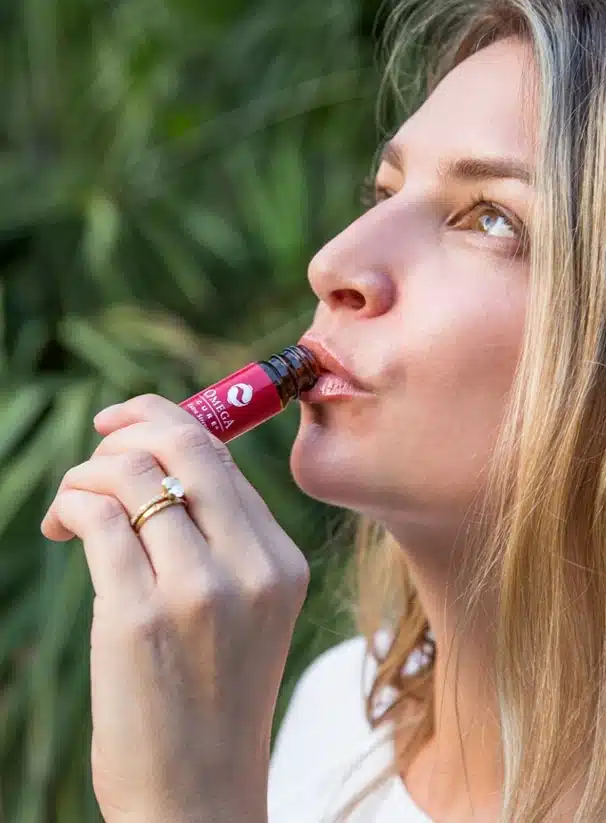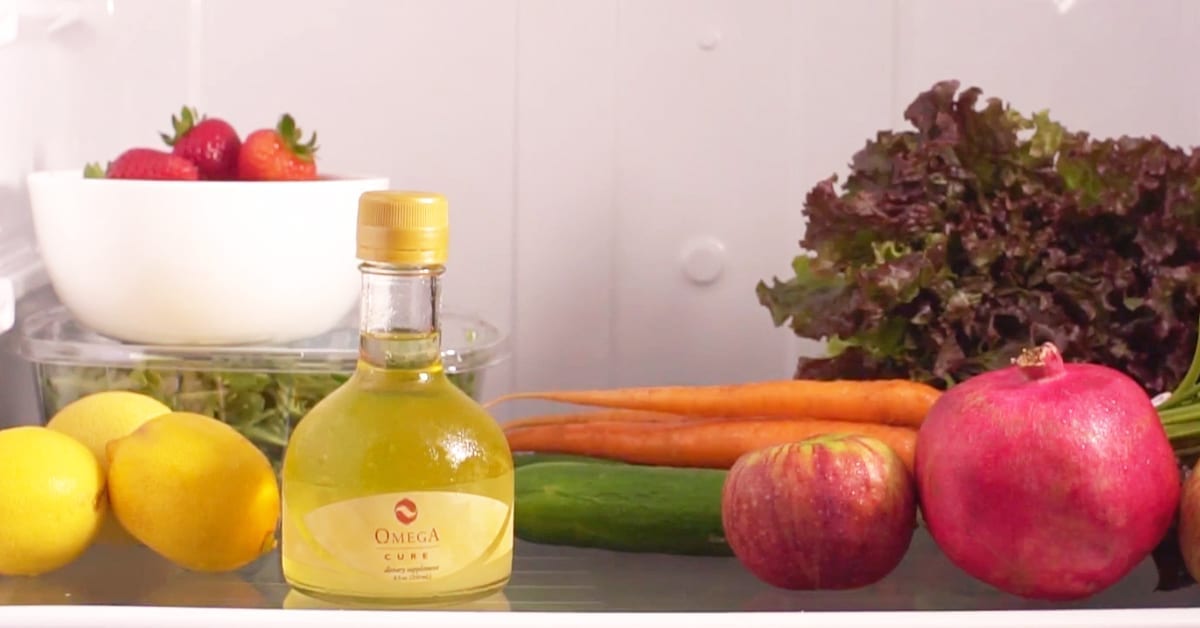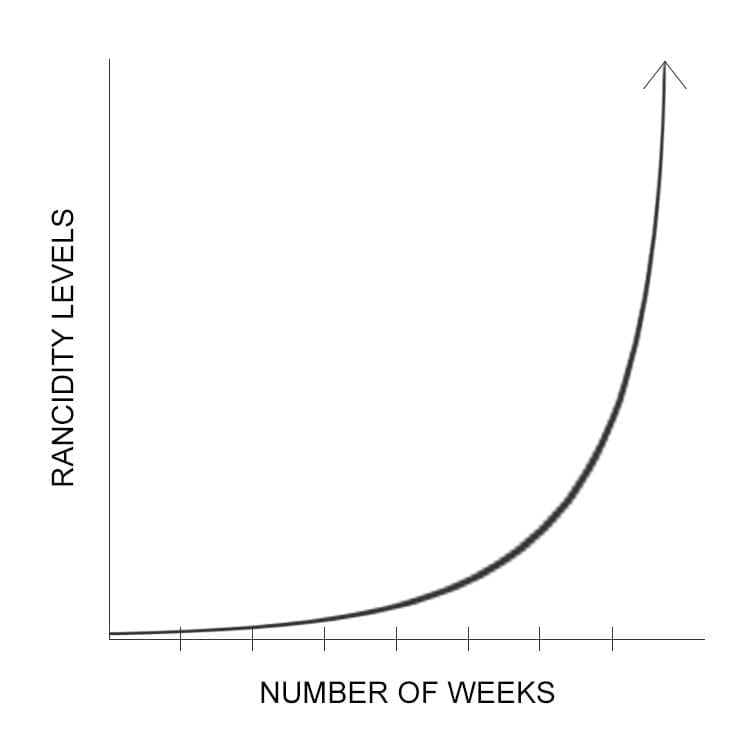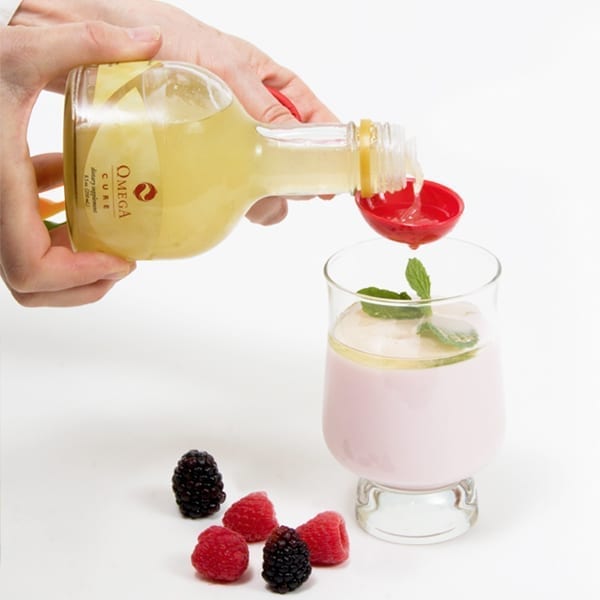Fish Oil for Kids: 3 Things to Consider
Ever since Bo and I launched Omega Cure® in 2006, we’ve had a special place in our hearts for our special needs and spectrum families.
Most of these families know that omega-3 fatty acids play a crucial role in promoting brain development, positive behavioral function and normal growth. Since Omega Cure is a liquid fish oil that’s easy to swallow and has no fishy taste or smell, it’s an ideal omega-3 supplement for young people.
I regularly follow up with parents to hear how it’s going with Omega Cure. As a mother of two, I can tell you that few things in life make me happier than when another parent tells me the oil is making a noticeable difference for their family.
For new Omega Cure parents, however, there are a few things to keep in mind as you start your family on an omega-3 regimen.
1. Finish Your Fish Oil in a Timely Fashion
With all fresh products, you’ve got to “use it or lose it.” Fish oil is no different.
I remember calling one mother a few weeks ago. She told me she’d been giving her 3-year-old daughter a 1/2 teaspoon dose of Omega Cure every now and then from the same bottle…for last 6 months! Understandably, her daughter didn’t seem to enjoy taking the oil.
Thanks to my waste-not, want-not upbringing, I too use plenty of products past their expiration dates as long as they taste and smell alright.
But parents – I implore you – please taste Omega Cure when you first open the bottle so you’ll know what the oil should taste like when it’s fresh. Then, as you use up the bottle, make sure you continue assessing the freshness of the oil before giving it your child.
Just like you do with fresh produce, remember to finish your Omega Cure in a timely fashion.
It’s not just the taste that’s important: When oils – be they from fish, flaxseed or cod liver – become rancid, harmful byproducts form in the oil. These byproducts can actually cause cell damage and degrade to form secondary oxidation products – nasty types of aldehydes that do more harm than good and that can take away from the benefits of fish oil.
Omega Cure’s peroxide and anisidine values are a fraction of that of other fish oils on the market. But once you open the bottle and expose the oil to oxygen, it is only a matter of 6 to 8 weeks before the rancidity levels exponentially increase.
How to Keep Your Fish Oil Fresh
If you know that your son or daughter isn’t able to consume the entire bottle before the oil starts tasting fishy, then consider taking some yourself to help finish the bottle in a timely fashion. As good as Omega Cure is for your child, it will only help your brain, joints and heart too.
You may also consider using Omega Cure Extra Strength vials. Because the vials are individually sealed, you can open one small dose of oil without exposing the rest of your stock to oxygen. Depending on your child’s age and developmental needs, pour the proper omega-3 dose into a spoon or cup, and set aside the rest of the vial in the refrigerator for the next day.
Once the oil has been exposed to oxygen, the rancidity levels increase with time.
2. Add Omega Cure to Other Kid-Friendly Foods
If your child is picky about swallowing fish oil, don’t give up on Omega Cure just yet. One of the benefits of Omega Cure is that it’s so fresh, it doesn’t have any taste or smell. That makes it easy to add the oil to some of your child’s favorite foods.
For instance, you can add a dash of juice to the oil. The juice gives the oil a tasty flavor while cutting the oily texture. Other good options include adding the oil to yogurt or kefir. The fat in these dairy products allows the oil to completely disappear into the soft texture.
Parents have also told me they mix Omega Cure into their child’s oatmeal and applesauce, or use it in place of butter on toast. So feel free to get creative and cater to your child’s taste buds. After all, taking Omega Cure should be a pleasant experience and you can easily make it fun for the whole family.
If you’ve got a picky eater, try adding Omega Cure to juice, yogurt, smoothies, or fruit purees.
3. Give Your Child the Right Omega 3 Dosage
Fish oil and cod liver oil are considered GRAS products by the FDA. This means they are “generally regarded as safe”.
But how much cod liver oil does your child need? Well, the answer depends on your child’s age, size, and health needs.
Our suggested doses are based on the recommendations from the Norwegian Health Authorities and our own experience:
- Children 1- 4 years: ½ teaspoon
- Children 5 to 15 years: 1 teaspoon
Though this is more than the suggested omega-3 doses typically advocated in the United States, it’s interesting to note that the proper omega-3 dose for children is a debated topic. Looking at the omega-3 doses used in the 1920s and 1930s, we find that 1 tablespoon – even for small children – was often cited. Today, omega-3 recommendations vary from country to country, suggesting that the recommended doses are often related to an intake that is realistic or feasible within the specific culture, rather than scientific evidence.
Of course, if you start giving Omega Cure to your child, confer with your pediatrician about the proper dosage, especially if your child is taking medications.
Bo and I wish your and your family the best of luck as you start your Omega Cure journey. If you’d like more information about Omega Cure for kids with special needs, give us a call at 866.414.0188.
Popular posts
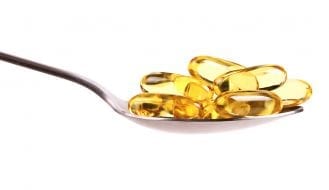


Related posts




